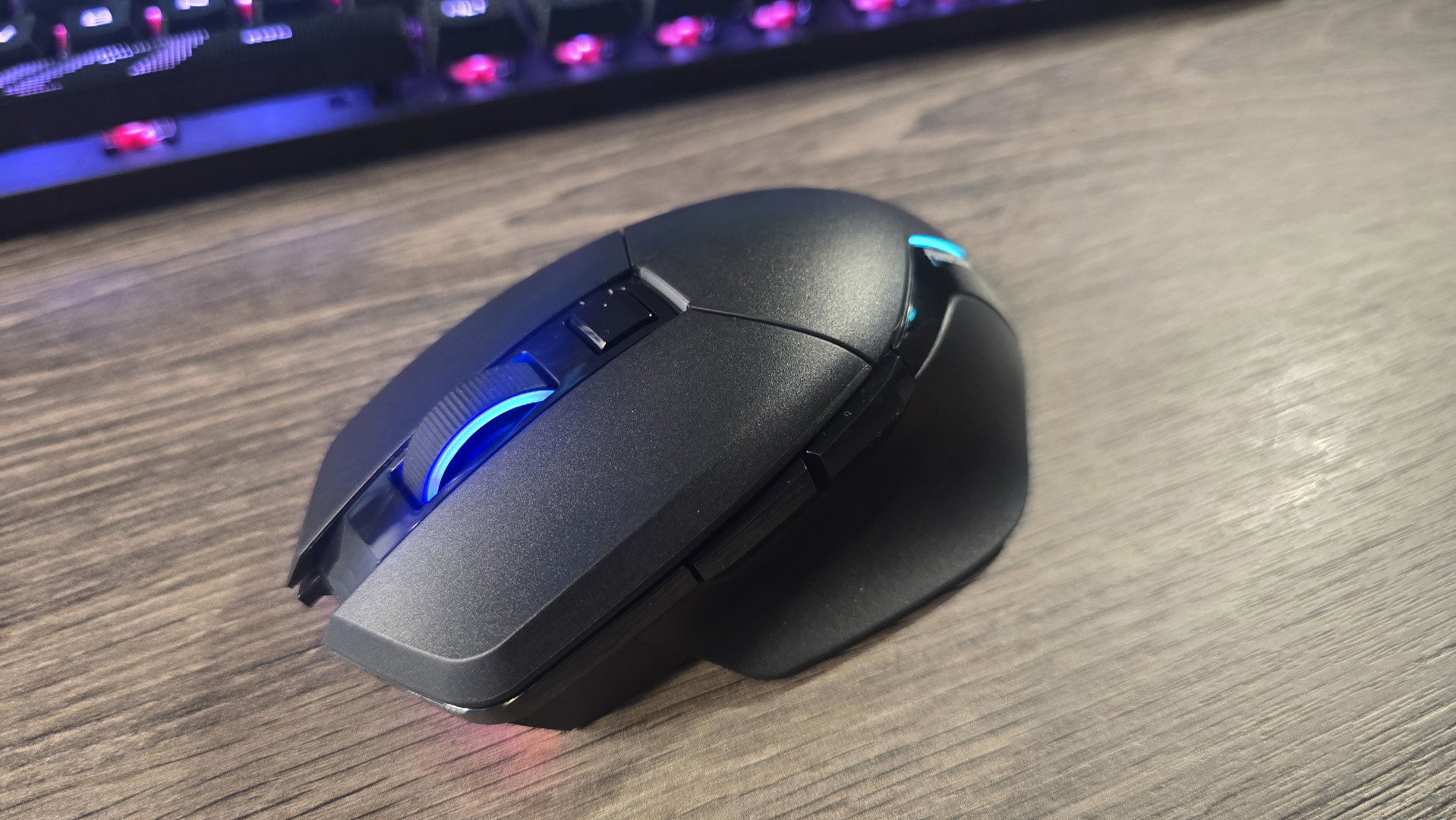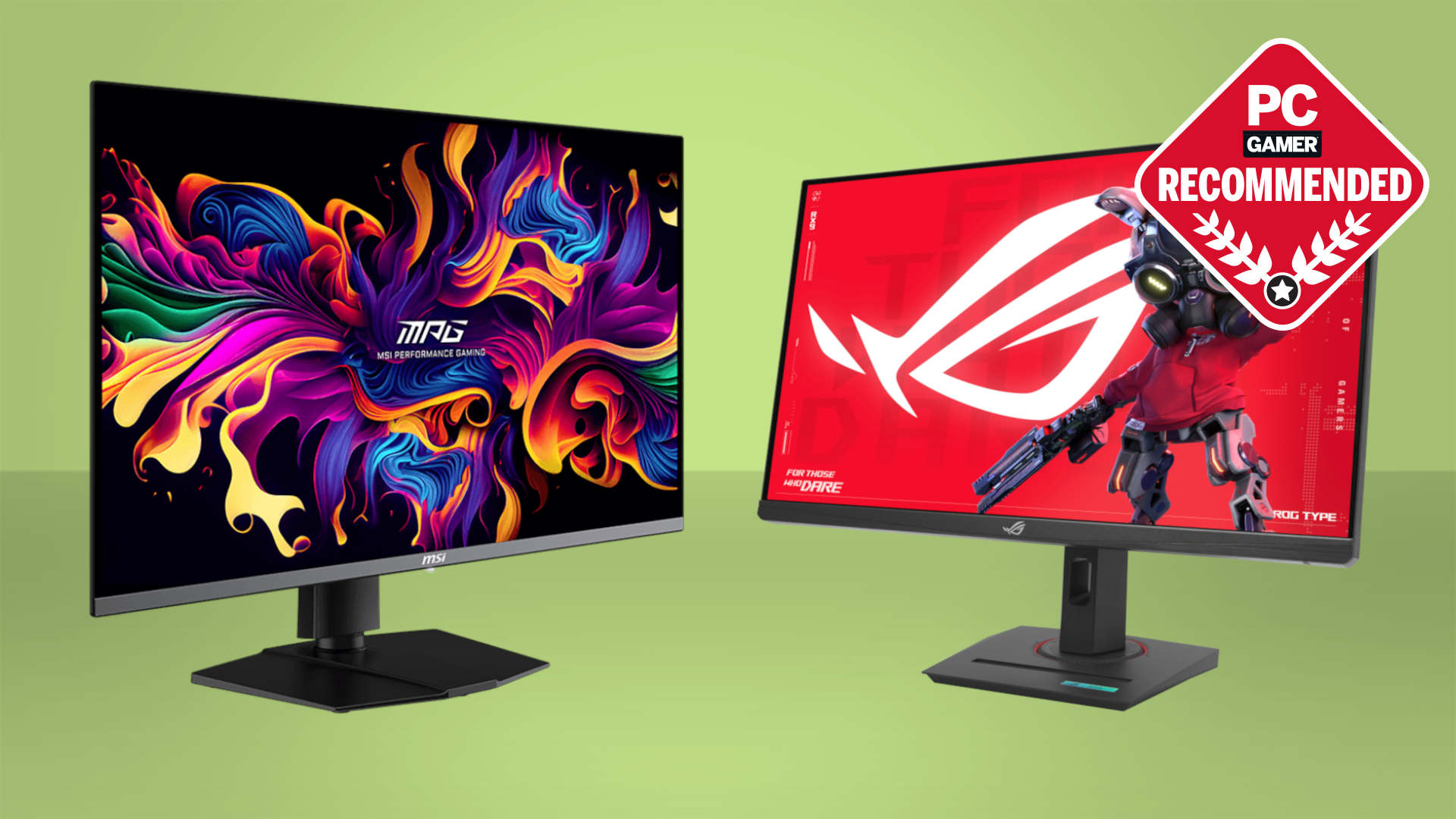Our Verdict
Solid design, a good sensor, and a comfortable build make the Alphyn AM10 worth considering if you're in the market for a new gaming mouse. Unfortunately, battery life is a little on the low side, and the price is just not quite right to really make it a surefire deal.
For
- Comfortable, simple, ergonomic design
- Potent PAW3395 Sensor
- Function over form software
Against
- Incredibly understated
- Low battery life
- Price not quite right
PC Gamer's got your back
Do you know how long it's been since we first saw the advent of the humble gaming mouse? 26 years. That's when Razer first introduced its odd-looking Boomslang for us all to see. Back in a world of ball mice and PS/2 connections, of Microsoft IntelliMouse designs and cruddy free deskpads, the very concept of a gaming mouse was practically nonexistent. The idea that not two decades later you'd end up with all manner of weird and wonderful pixel pointers, with ridiculous battery lives and sensors that can capture data consistently up to a speed of around 37 miles per hour, was, to be blunt, a pipe dream.
But here we are, in a peripheral ecosystem now so tightly nailed down, it gives you pause to think if there's anything else that can be done to advance gaming mice anymore. Other than, of course, that old marketing trick, aka "make sensor number go up".
Since those days, the development has been, well, wild. It is to computing what the combustion engine is to cars. It's been refined and refined and refined again to a point that it's almost impossible to stand out from the crowd. To do something different. It's homogenous. A market that relies more on brand, sensor, and shape loyalty than anything else.
PowerColor, then, is absolutely on the back foot with this launch. It isn't exactly a brand you'd associate with high-spec gaming mice. Better known for its AMD graphics cards than anything else, when the opportunity for an Alphyn AM10 sample crossed my desk, I knew I had to jump. I was intrigued as to how exactly PowerColor envisioned it would break into the peripheral sector. How, or perhaps it's better to say, even "could", build one of the best wireless gaming mice of all time? Was it even possible?
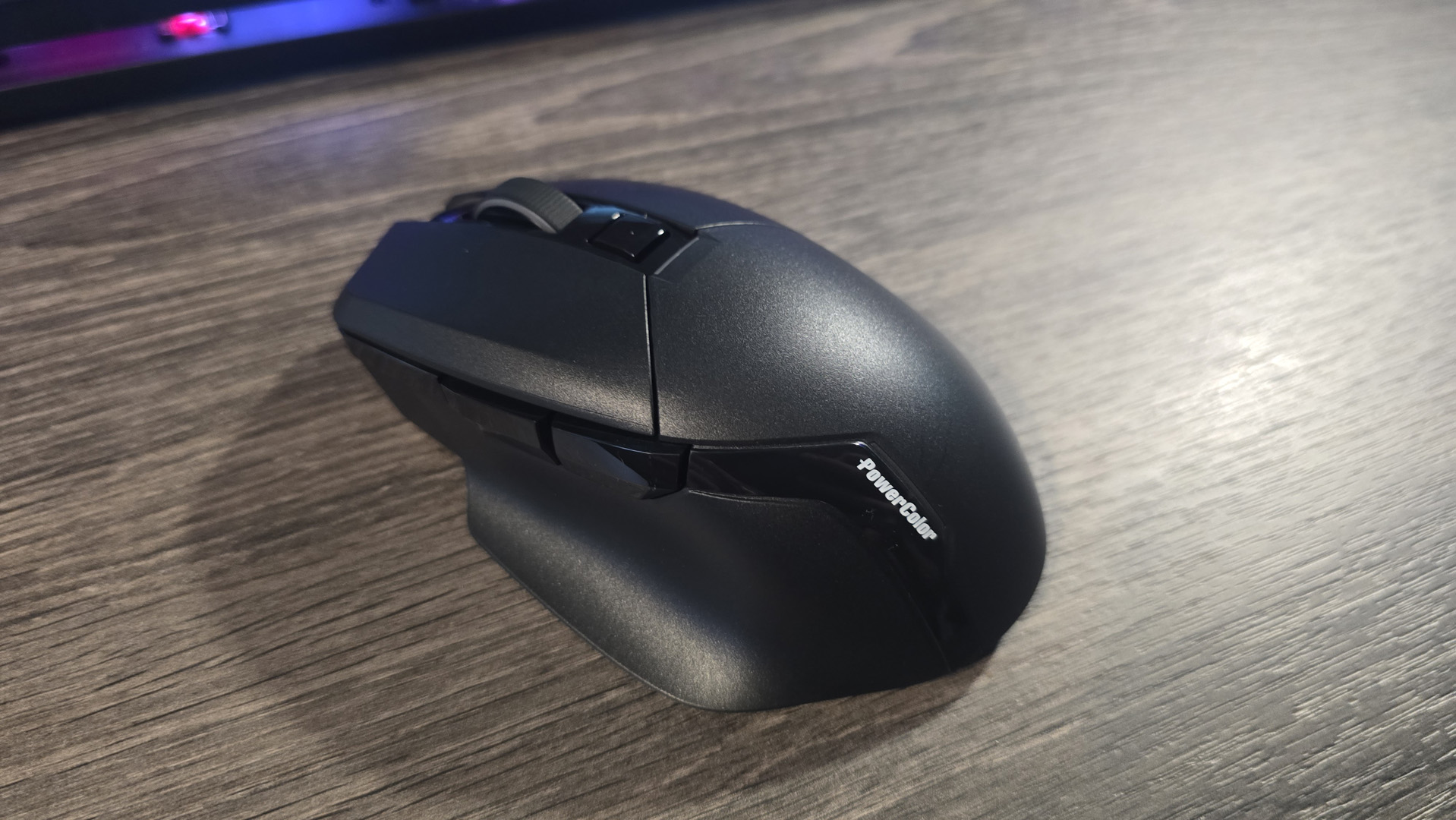
Buttons: 6
Feet: PTFE Teflon
Connectivity: 2.4 GHz, Bluetooth 5.2, Wired (USB-C to USB-A cable)
Sensor: Pixart PAW3395
Max DPI: 26,000
Max acceleration: 50 g
Max speed: 650 IPS
Polling rate: 125 Hz (Bluetooth), 1,000 Hz (wireless) / 8,000 Hz (wired)
Battery life: 50 Hrs
RGB lighting: One Zone ARGB
Warranty: 2 years
Price: $100 (white $80) / £80
The Alphyn AM10 has all the trappings of a good modern-day wireless mouse. It's got that Pixart optical PAW3395 sensor, that Razer Basilisk-esque design built with right-handed palm and claw grippers in mind, it's got simple and elegant connectivity options, plenty of PTFE for its feet to glide over your surface of choice, and a beautifully braided cable to set it all apart.
Your top-line stats are pretty much in line with what you'd expect for any mouse with that sensor: 26,000 on the sensitivity, 50G max acceleration, and 650 IPS before tracking consistency falls off a cliff. There's no artificial smoothing or jitter reduction here (not that it needed it), and polling rate availability spans from 125 Hz all the way up to 8,000 Hz dependent on your preference (with various caps on the different connection standards). On top of that, you've also got symmetrical lift-off distance control ranging from 1 to 2 mm, respectively, but this ain't a Razer sensor, so don't expect to be able to adjust them independently just yet.
The PAW3395 is especially versatile, as the manufacturer can actually configure it into four separate configurations dependent on how it builds out the firmware. It has a high-performance gaming mode, low-power mode, corded mode, and an office mode, dependent on battery level and other factors. That effectively allows it to operate at various currents, with the high-performance mode tapping out at 1.7 mA and the low-power mode at 1.3 mA. Additional adjustments are then made, via polling rates and frame rates, off the back of that. It's not a flawless sensor, however; by Pixart's own admission, it has a resolution error of around 0.4%.
Keep up to date with the most important stories and the best deals, as picked by the PC Gamer team.


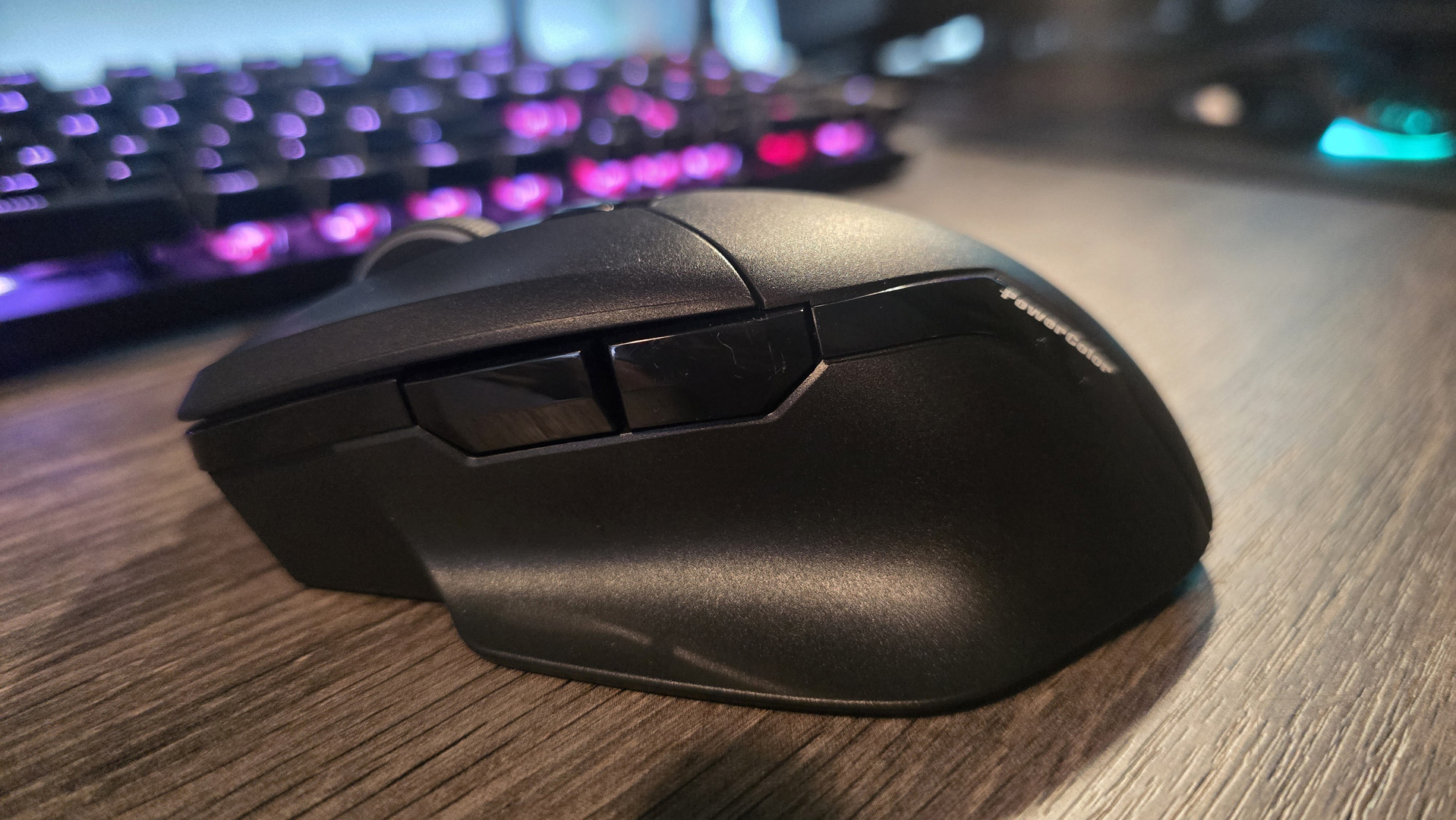
Interestingly, it's not the most advanced wireless sensor in Pixart's arsenal either; that's reserved for the far more power-hungry PAW3399 (the same base design found in Razer's Focus+ sensor made famous in its Basilisk V3 line way back when, albeit in a wired format).
Pick up any wireless gaming mouse today with a Pixart PAW3395, and you'll see those exact same stats and the exact same "issues". It's a company that's dominated the sensor space over the last decade, and to be honest, you'll struggle to find better quality.
Sensor aside, using the Alphyn is overall a pretty solid experience. First touch, certainly if you're not used to Omron's optical switches, is outstanding. That left and right switch tactile feedback is immediate and phenomenally soft, with an incredibly low actuation distance. This makes it seriously sharp to click and a joy to use. If you're big into your first-person shooters, that immediate response is going to be game-changing. The audio feedback from those clicks is suitably smooth too, with no errant pings or twangs anywhere. The other switches are perhaps more traditional in feel, but that's not exactly surprising. Oh, and the scroll wheel is smooth enough too.
For a palm-gripper like myself, with hands on the smaller size, it's incredibly comfortable to use; that ergonomic wing shape has absolutely cemented itself in the industry for good reason, and the Alphyn takes full advantage of it. It's not super light, unfortunately weighing in at 96 g total mass, but honestly that could be a positive, dependent on your point of view (I actually prefer a heavier mouse myself).
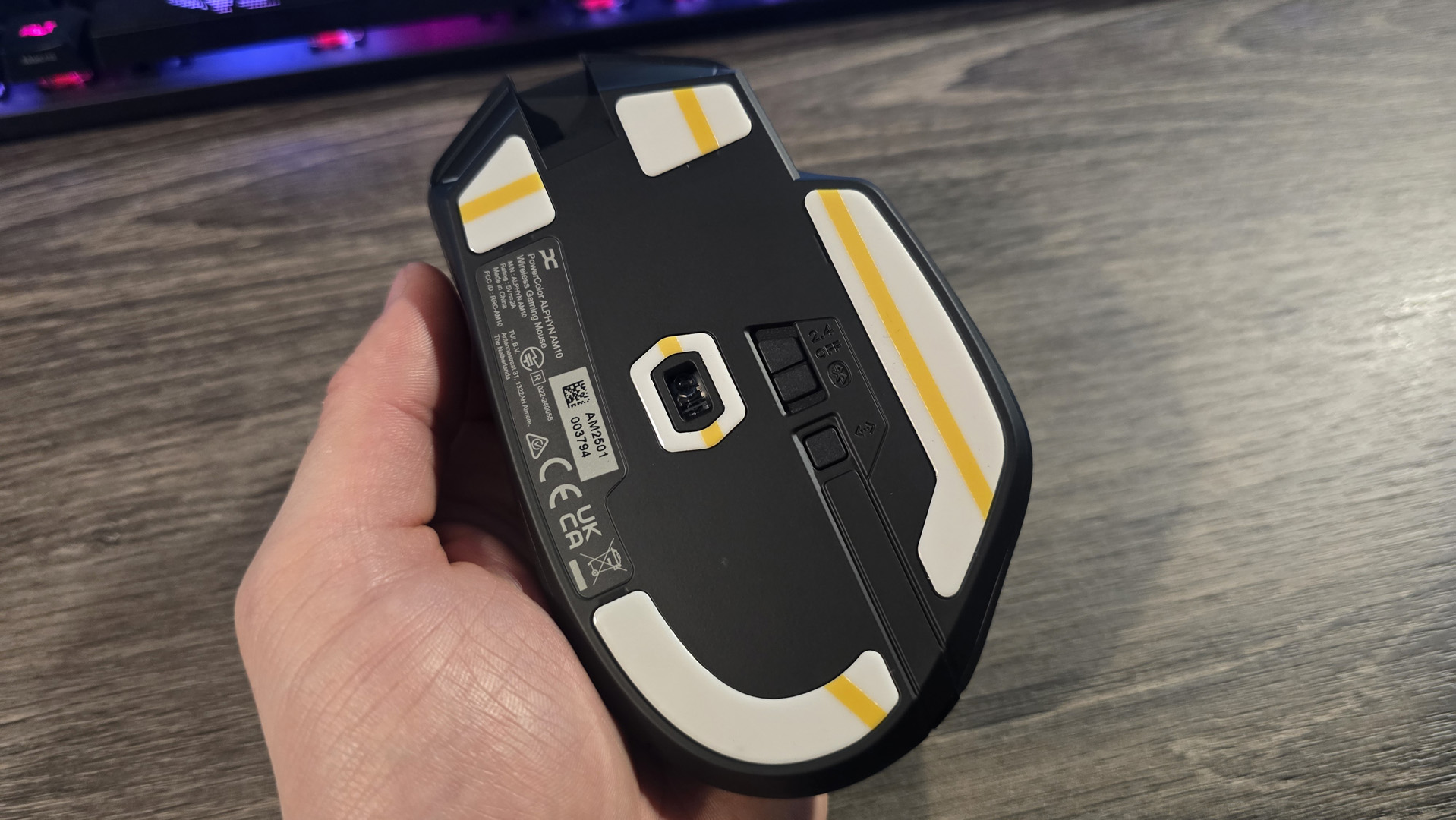
It's got a soft plastic finish across its frame, which is comfortable enough, and there's not a fleck of soft-touch rubberized material in sight. The only aesthetic downside comes in the form of the gloss black strip running through it, which is particularly prone to fingerprints and grease adherence.
The software, though, this, I'm a big fan of. It's not glamorous in any way; don't go into it thinking that, and start-up can be a bit buggy, but what it is is simple, direct, and to the point. There's easy configuration for sensitivity in here, polling rates, lift-off distances, and eco mode options as well, all within a few clicks, along with RGB control too. No nonsense, no tedious menus to try and traverse, no various "ridiculous brand marketing name here for your RGB" profile layers or any of that, and more importantly, no super-long downloads or or install processes trying to scalp your personal info and email address. It's simple, and it just does the job. For a program you're going to be spending all of five minutes in, that's exactly how it should be.
The downsides, then. Battery life is well below par. For the weight of this thing, I was expecting more; at 96 g, it houses 500 mAh of capacity, yet only manages to survive for around 50 hours at max, even with those eco modes (admittedly with RGB). When the competition does considerably a lot more with a lot less weight, it does make you question where that power leakage is occurring.
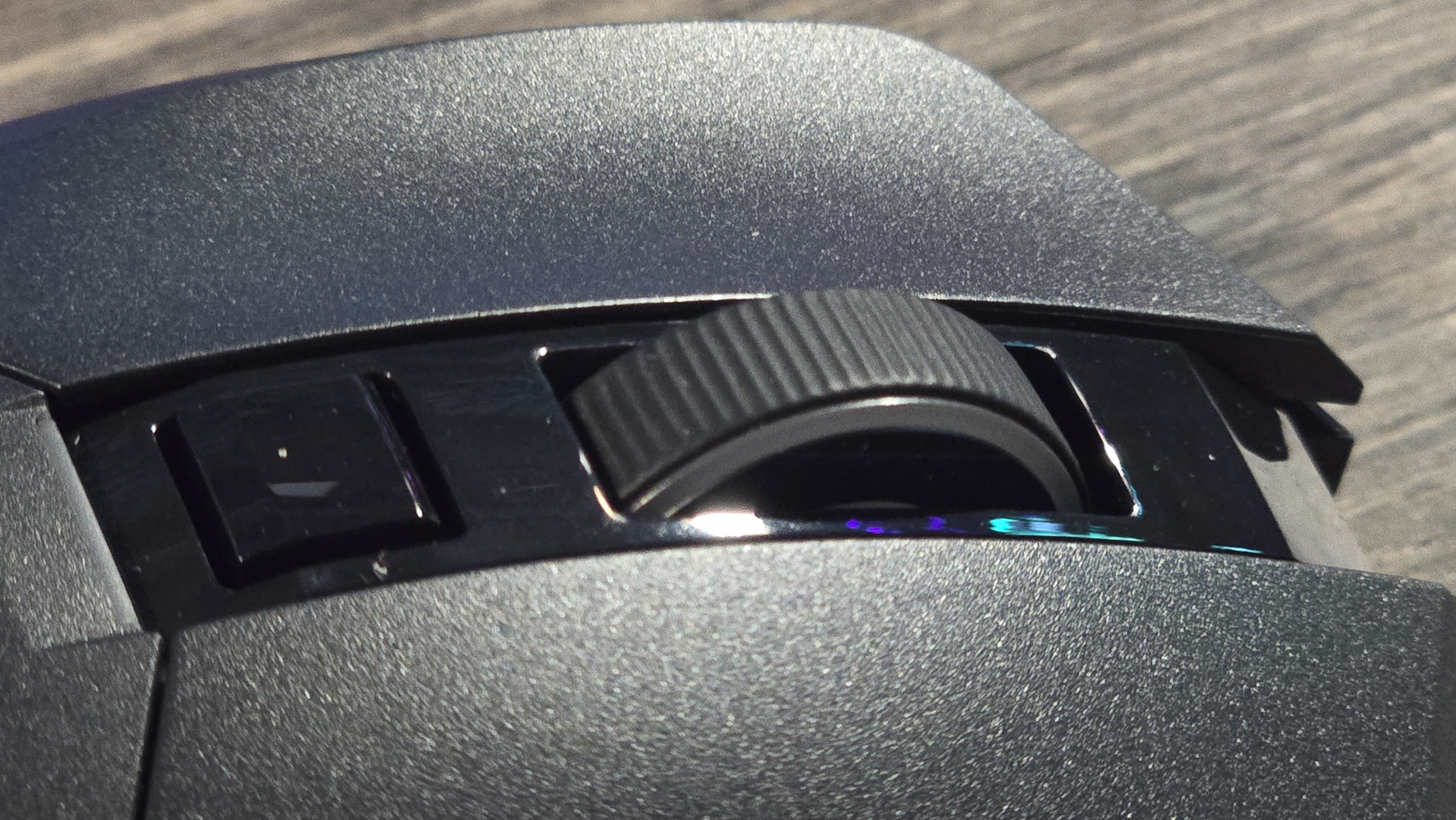

✅ You like simplicity and connectivity: With top-grade componentry and multiple connectivity options, the Alphyn AM10 won't let you down on any device you can connect it to.
❌ You want the best value and the best performance: Simply put there are better mice out there, with longer battery lives, the same shape, and the same sensor for less cash.
Pricing, too, although better than it was at launch, is still not quite as aggressive as it needs to be. In such an aggressive landscape like peripherals, you need to be radical in your approach. If you want to get onto the best gaming mice lists and make a name for yourself in a community filled with sensor enthusiasts, the reality is as a manufacturer you need to make a loss for the first few years.
Take HyperX as an example. Its Cloud gaming headset was next level; it brought it into market prominence quite quickly. A high-quality headset and insanely affordable. What many don't know is that HyperX (or Kingston at the time) licensed the design for the Cloud from a small company called Qpad and then sold it at a loss. Purely for market credibility, before it pivoted to its own designs and R&D.
The Alphyn needed to be the same if it was going to make a dent. It needs to be cheaper to compete. Right now, in its current state, it just doesn't quite make sense, and although it's a fantastically well-rounded mouse that performs well with little fuss, it's just not a good enough deal to tempt folk away from tried-and-true brands selling cheaper mice with similar designs and identical sensors.
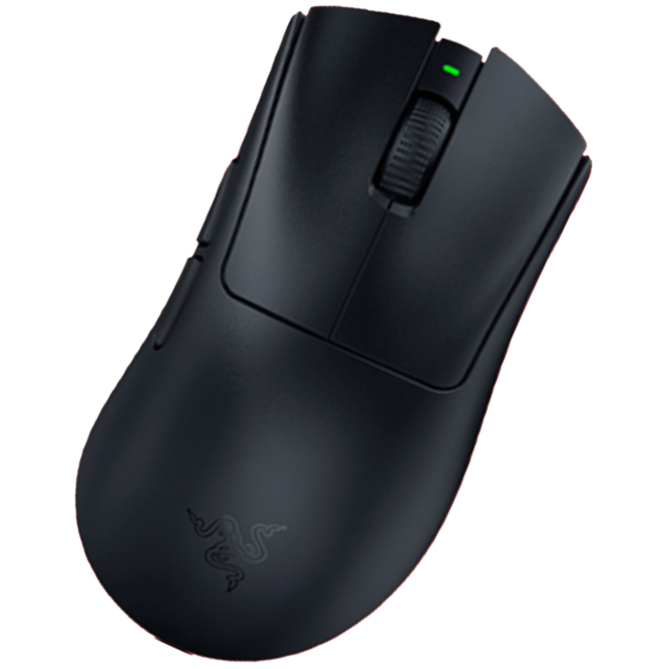
1. Best wireless:
Razer DeathAdder V3 HyperSpeed
2. Best wired:
Logitech G502 X
3. Best budget wireless:
Logitech G305 Lightspeed
4. Best budget wired:
Logitech G203 Lightsync
5. Best lightweight:
Turtle Beach Burst II Air
6. Best MMO:
Razer Naga Pro
7. Best compact:
Razer Cobra Pro
8. Best ambidextrous:
Logitech G Pro
9. Best ergonomic:
Keychron M5
Solid design, a good sensor, and a comfortable build make the Alphyn AM10 worth considering if you're in the market for a new gaming mouse. Unfortunately, battery life is a little on the low side, and the price is just not quite right to really make it a surefire deal.
After graduating from the University of Derby in 2014, Zak joined the PC Format and Maximum PC team as its resident staff writer. Specializing in PC building, and all forms of hardware and componentry, he soon worked his way up to editor-in-chief, leading the publication through the covid dark times. Since then, he’s dabbled in PR, working for Corsair for a while as its UK PR specialist, before returning to the fold as a tech journalist once again.
He now operates as a freelance tech editor, writing for all manner of publications, including PC Gamer, Maximum PC, Techradar, Gamesradar, PCGamesN, and Trusted Reviews as well. If there’s something happening in the tech industry it’s highly likely Zak has a strong opinion on it.
You must confirm your public display name before commenting
Please logout and then login again, you will then be prompted to enter your display name.
